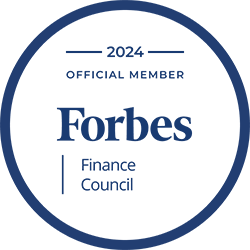H1: Macro-Driven Alternative Investments
H2: Diversify Your Portfolio Through Private Investments
H3: Income Fund
H4: Add Your Heading Text Here
H5: Add Your Heading Text Here
H6: Add Your Heading Text Here
Body 18: Because of recent regulation changes, a whole new class of investments have opened up to individual investors. Until recently, individual investors were mostly unable to make investments other than stocks, bonds, and other publicly traded securities, leaving the world of alternative investments to a select few institutional investors.
Body 16: Because of recent regulation changes, a whole new class of investments have opened up to individual investors. Until recently, individual investors were mostly unable to make investments other than stocks, bonds, and other publicly traded securities, leaving the world of alternative investments to a select few institutional investors.


